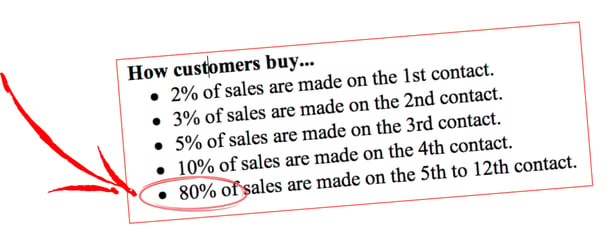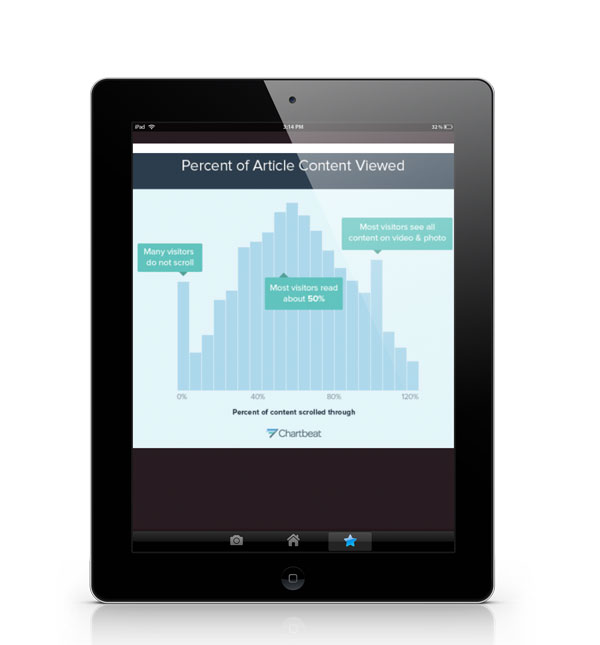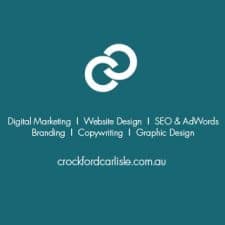Businesses that blog have 55% more website visitors. But how do you use those visitors to bring in more revenue?
Writing blogs is easy. You just sit down, open a beer, roll up your sleeves and churn ‘em out, right?
Hmm…
Perhaps.
But writing blogs that actually contribute to your marketing ROI is an entirely different matter.

As a digital marketing agency, writing blog content and analysing the results is a big part of what we do. And in this article, I’m going to give you some behind-the-scenes insights into what works and why, so you can keep an eye on how things are being done at your business.
First up, the big picture…
With Inbound Marketing, your goal is to:
- Use your blog to generate traffic to your website
- Convert that traffic into solid, tangible lists of potential customers.
- Build a relationship with them and show the value that you offer.
Over time, many of these will convert into Sales Qualified Leads and eventually become buyers. Yay!

Blogging is important work – and it’s a crucial component of a successful Inbound Marketing campaign. (You can learn more about our approach to Inbound Marketing HERE.)
Should you blog for website traffic? Or should you blog for your readers?
The short answer? You should blog for both.
Yet there is a bit more to this, so let’s unpack it a little to set you on the right path. 
If there is a guiding principle, it’s that your readers MUST come first!
- They are smart
- They are busy
- They don’t want to waste their time
- They don’t want to be taken for granted
- They do NOT want to feel ‘sold to’
- And they have a mouse in their hand and can click away in a nanosecond.
This means that you do not want to produce self-serving rubbish and throw it up on your blog.
You’ll shoot yourself in the foot.

Your audience is tough on you. So, you had better be tough on yourself.
At the very least, a majority of your posts you write should pass the “Does this provide my audience with valuable answers or ideas?” test.
Yes, you may also produce content that highlights projects you have finished, or industry accolades that have been heaped upon your head.
These help to add credibility and demonstrate your capability.
But in the main, your blog will work much harder for you if you:
- Write about your customers and their needs, rather than
- YOU, and what you have achieved.
Ask yourself:
- Has it given some answers to some questions?
- Has it shown the reader how to do something they need to do?
- Has it educated? Added some value?
- Has it given something that people will want more of?
If your article doesn’t pass this test, go do some more research… talk and LISTEN to some more customers… answer some more questions in the content… add some more insights… add some diagrams or graphs… expand the article to give more value.
On the subject of content quality, here’s another thing to keep in mind…
Use your blog content to earn the right to have repeat contact
The quality of your content is particularly important when you consider how people buy, and how this impacts on your thinking with Inbound Marketing.
As these figures show, you don’t just want a ‘one hit wonder’, where people come to your blog, read a bit, and then never come back again.

You want them to come back again… and again.
To increase the chance of them coming back, (thus giving you more opportunities to win their confidence), set a high bar with your content.
I cannot stress this enough.
So, I’ll say it again in another way…
To get your Inbound Marketing campaign firing on all cylinders, you need the right fuel. The fuel is traffic, from which you can build lists.
You can build a list when people like what they see, and are therefore willing to sign up for a subscription or a download of some free resources so they can learn more about getting their particular problem solved.
From there, you can use those lists to have repeated contact with your potential buyers.
If you are serious about this, and want to get the job done without chewing up your sales team’s time, this is when you swing into action with automated marketing to nurture the people on those lists.
(You can learn more about marketing automation HERE).
So yes, making sure you can get people to come back is another reason to make sure that your blogs are meaty.
And useful.
“But what if they don’t read it all?” you wail.
Most people won’t.

But here’s the thing…
Even if your potential buyer only skims your specific content, thanks to its high quality they’ll understand that you have expertise and something to offer them.
That means they’ll be much more likely to come back again for another look-see when you promote another blog post in the future.
Personally speaking, I keep an eye on a few blogs that fall into this category.
I’m not ready to buy from the supplier just yet. And I might not read every word they publish.
But I don’t want to unsubscribe either because their blogging gives me great info.

Each article shows more of their expertise, and shows me their value. I have increasing confidence in them as a result.
When I am ready to buy, they will be the first port of call.
Plan for this with your blogging strategy. Serve up high quality content every chance you get.
BONUS: 2 X quick pro blogging tips1. Include internal links in your blog posts It is particularly important to include links to other sections of your website in your blog posts. This makes it easier for people to become more deeply engaged, and helps to improve the overall User Experience of your website. (You can learn more about our approach to User Experience HERE)
2. Include relevant Calls to Action (CTAs) Remember to include CTAs (Calls to Action) in your blog, offering e-Books, White Papers, Explainers and other resources that are relevant to the topic in your blog article. |
Here’s an example of a CTA...
Having your readers click on a CTA is a conversion point.
It enables you to get them onto one of your lists, so you can send them additional information in the future that will be relevant to them.
Want to go give it a burl?
Click on the CTA (above) for our free Inbound Marketing Explainer and download it.
As well as getting this handy resource, you’ll see how we then send you additional info. down the track to help you to grow your business. Yay!
On the subject of conversions, be sure to look at your data
In this screenshot, you can see that the top blog post has attracted significantly more visits that the other four in the same period.
So far, so good.

However, when you look at the CTR (Click Through Rate) you can see that it is very low — only .76%.
That means that only .76% of the people who visited that page then clicked on a CTA to obtain an offer or further information.
Hmmm…
Let me give you some idea of the type of issues to look for when you see something like this in your blog analytics, or for that matter, on a web services page.
Possibilities are:
- RELEVANCE — Is the CTA on that page RELEVANT to the content? If that blog page is about topic ‘X’, but the CTA is offering information about topic “Y”, then your CTA is unlikely to be talking to the right people. Switch out the CTA and test to see what difference it makes.
- PLACEMENT — Are the CTAs placed to be visible and appealing to the eye? You could try moving them to different locations on the page to see if that improves things.
- CREATIVE — There are a few possibilities with this. For example, we have seen cases where, in an effort to make the CTA ‘stand out’, the result has been that it just looks like an advert, and people just don’t see it because of ‘banner blindness’. The other thing might be the wording of the CTA. Is the perceived value high? Is there a clear instruction, like a ‘Click Here” button? Is the wording on the button appealing?
And on it goes.
The take-home from this is to make sure you put the time in to analyse your results, so you can identify opportunities for improvement and increase your response rates.
The end game is to generate more of those leads you are looking for to grow your business!
Get help with improving your blog for more leads and sales
There is a lot to learn and understand about Inbound Marketing for lead generation. It is a BIG subject. But we trust you have gained some valuable insights from this article that will help you on your journey.
No matter where you are in Australia, we are mad-keen to help you to grow your business.
How do we do this for you?
The easiest way to find out is to have a chat on (07) 3891 3800 about your objectives and challenges.
We can talk about how Inbound Marketing might help, look at some numbers, and make some recommendation as to how you might move forward profitably.
You won’t get an ‘agency sales pitch’. Instead, you’ll get helpful ideas and inspiration that will give you more confidence about how you generate more leads and sales.


















